When mirrorless first emerged on the market back in 2008 with the Panasonic DMC-G1 – not counting the earlier and more esoteric rangefinders from Epson and Leica – the concept of a smaller camera performing at the level of a dSLR was quite foreign to photographers and if we are fair, still a few years off. As Olympus, Fuji, Leica, Ricoh, Pentax, Sony and eventually even Canon and Nikon jumped into the nascent format, all the early systems were small, with lenses that matched the diminutive bodies. Those early systems like the Olympus Pen, the Sony NEX and the Ricoh GXR were a revelation to photographers sick of the ever expanding waistline of their dSLR kits.

My original NEX 3, circa 2011
Fast forward to early 2016 and we see that at least in the full frame mirrorless space, small appears to be slightly out of favor. The Leica SL with its monster body and bazooka-like 24-90mm zoom, and the just announced Sony G Master lens line have reset the notion that mirrorless needs to be small. Instead, these manufacturers are shooting for a new standard of performance that, while eclipsing the aging lens lineup of the dSLR giants, are close in size to what many of us gave up in the switch to mirrorless. I read the comments of dSLR fans questioning and taunting, “if the lenses are just as big, what is the mirrorless advantage?”, or “you were conned into thinking your system was going to be small.”
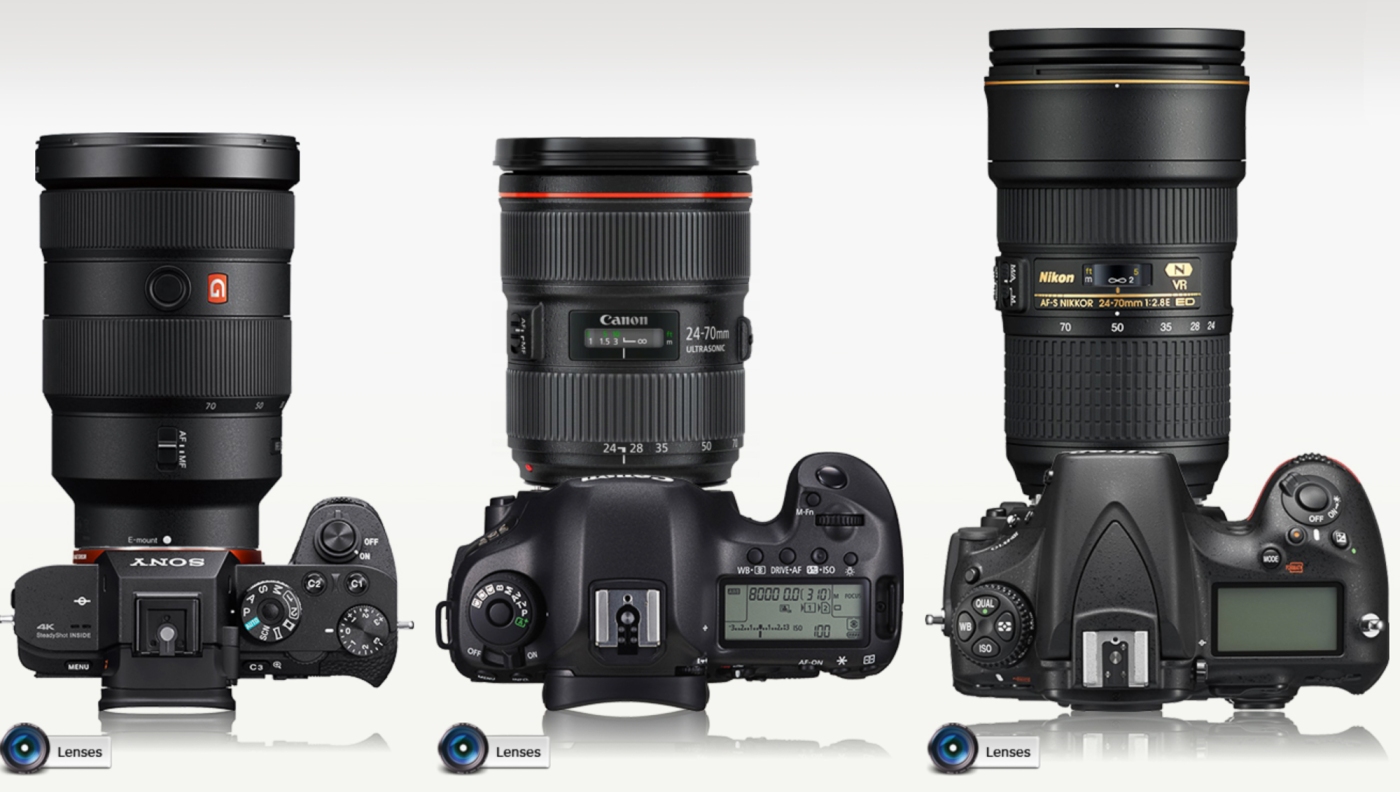
24-70mm GM vs 24-70mm EF and 24-70mm G (CameraSize)
If I sound concerned or jaded at this development, I am not in the least. Hearing these last gasps from the dSLR camp steeled my will and had my thinking of the five reasons why mirrorless is my choice:
(1) Mirrorless bodies are still much smaller
Let’s be honest, a camera like the 42mp Sony a7RII is significantly more compact and lighter than any comparably specified dSLR. The Canon 5Ds at 50mp and the Nikon D810 at 36mp are the two closest dSLR competitors by spec. Take a look at the size comparison to the Canon – not even close. The Canon even weighs 33% more. Add the optional battery grips to both cameras and the percentage weight difference goes up exponentially. Some scoff at the smaller sized bodies and think that they aren’t built to withstand hard use. That’s not true. With weather sealing and shutters built to withstand 500,000 actuations, this latest generation of mirrorless cameras is not only compact but tough. I recently used my a7RII and RX1RII in the cold and wet environment of Iceland in December with no other protection from the elements. Both cameras performed flawlessly.
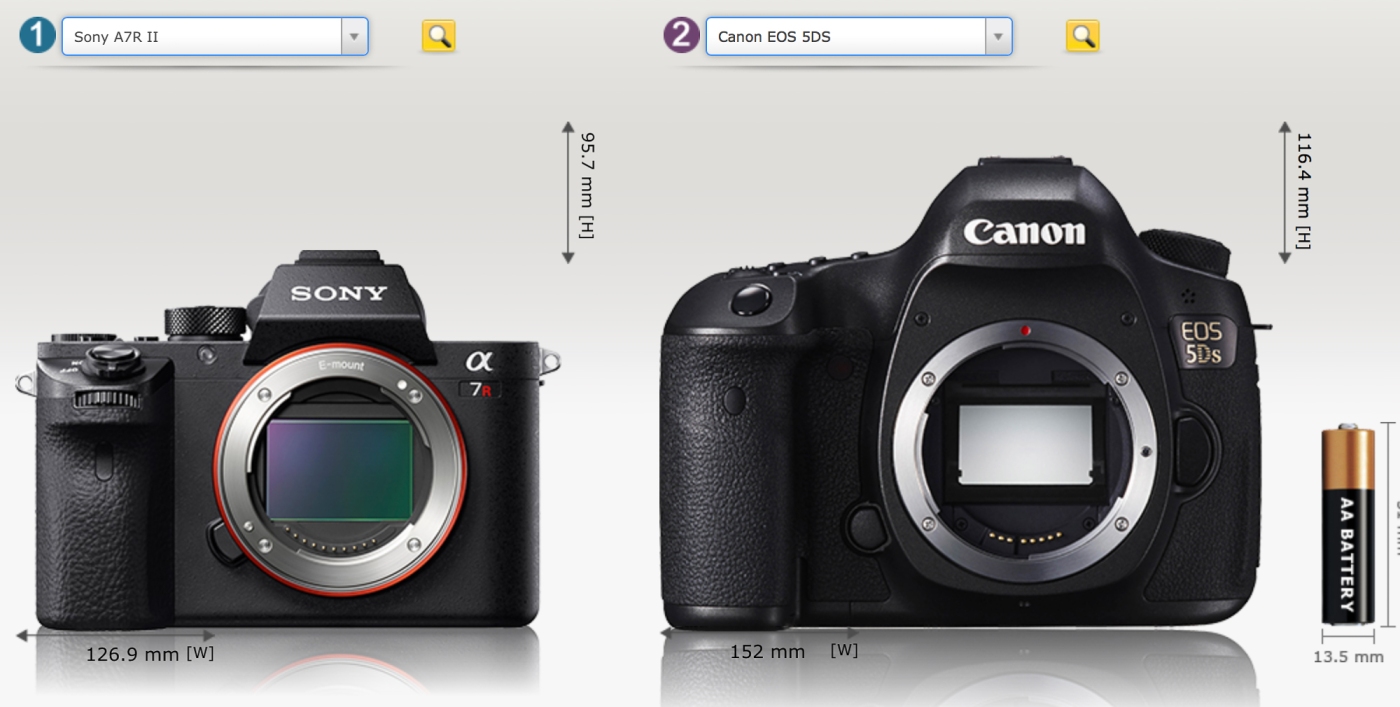
Sony a7RII vs Canon 5Ds (CameraSize)
(2) Excellent sensor performance
Using the same Sony a7RII, Canon 5Ds and Nikon D810 as our test case comparison, based on evaluation by DXOMark, the a7RII is the leader in overall sensor performance. The Sony sensors are recognized as being tops in the market and in this comparison, the Nikon D810 benefits from use of a Sony sensor as well. At the time of this article, other mirrorless cameras that are measured higher than the Canon 5DS for sensor performance include the Samsung NX500, Leica SL, and eight (8) other Sony cameras! A strong showing by mirrorless.
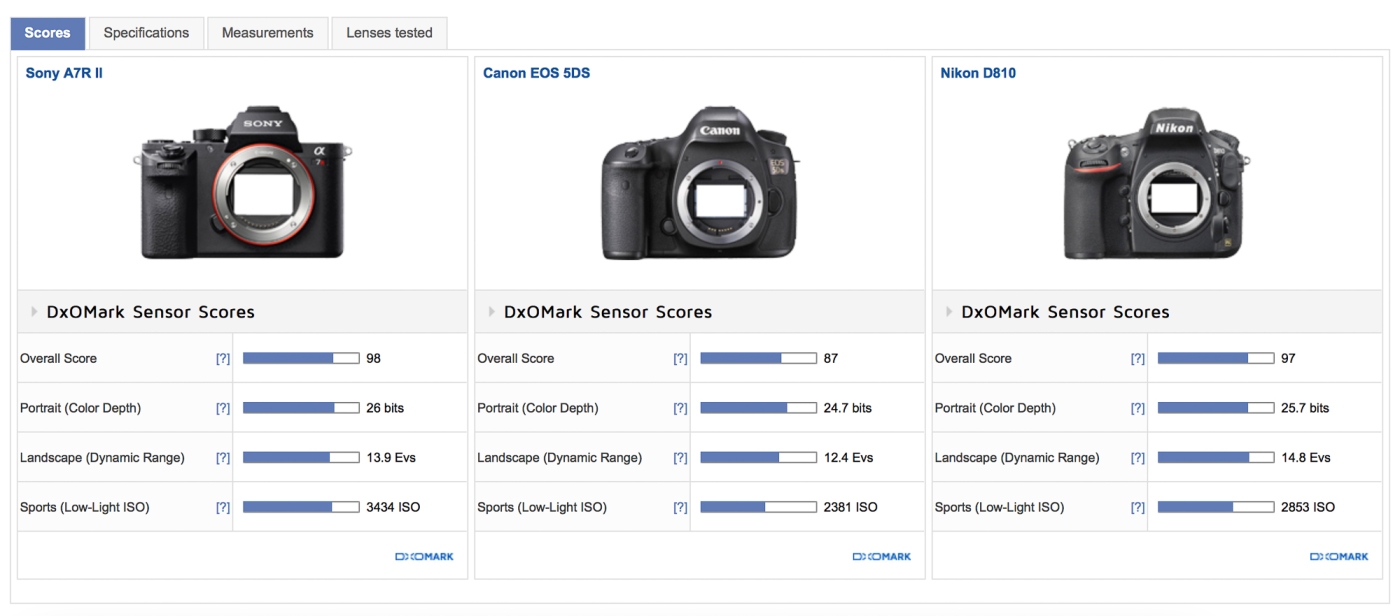
(3) Kit Flexibility
While some of the newer full frame mirrorless lenses approach the size and weight of their dSLR cousins, when I want to go small, I have options I never had or will have with a dSLR. Whether it be the smaller native lenses like the Sony Zeiss FE 35 f/2.8 and Sony FE 28mm f/2, or adapted rangefinder optics, I can fill my little classic Domke bag with an almost endless combination of compact lenses that will cover my needs.
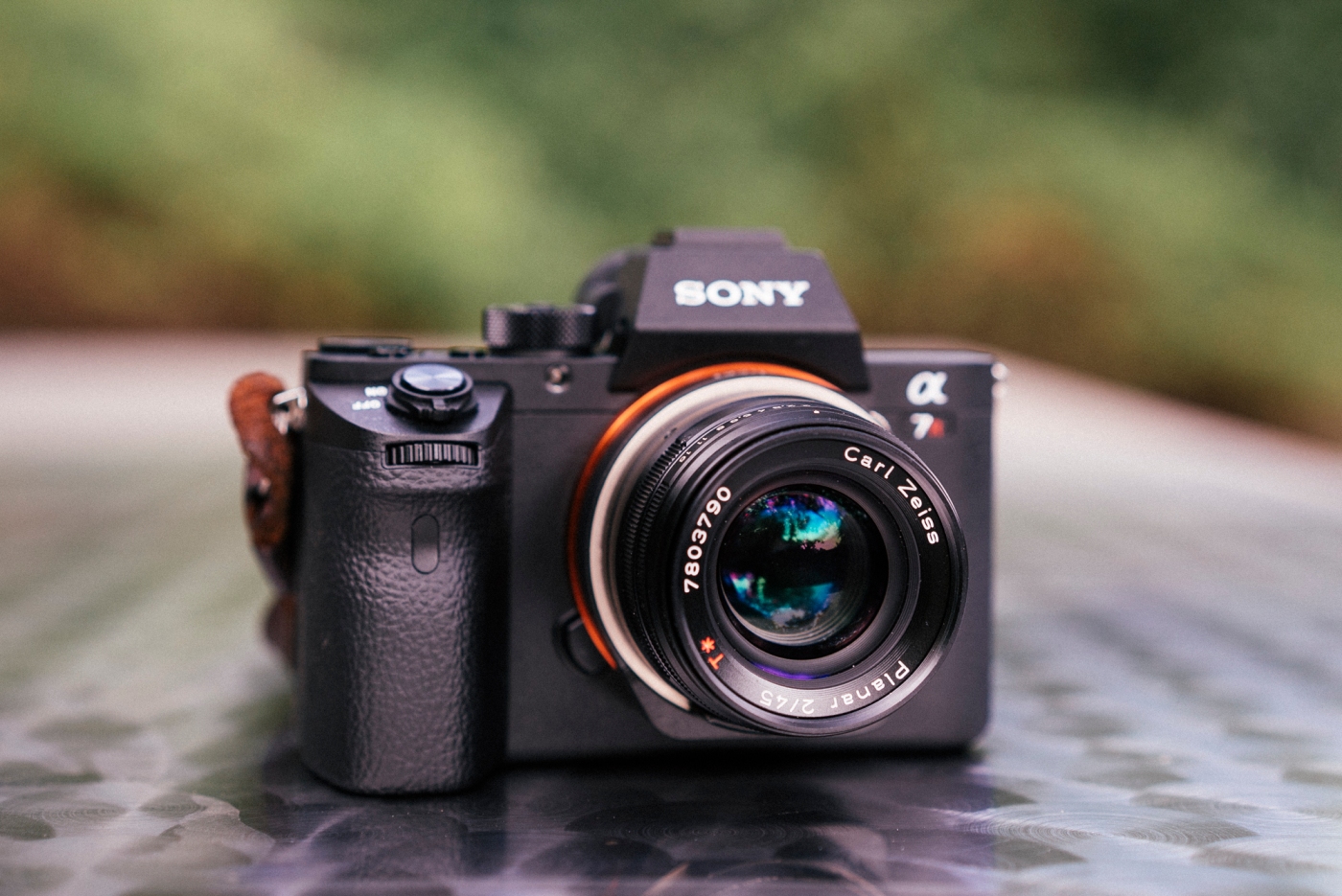
Going small with the Sony a7RII and Zeiss Planar 45/2 for Contax G
I already hear the argument that those adapted lenses are manual focus only, but thanks to mirrorless technology, we are living in a brave new world. The on-sensor PDAF sensors of the Sony a7RII and a7II now support fast autofocus with tiny but high quality adapted Zeiss lenses from the legendary Contax G system – woah. Even more exciting, the company that engineered the adapter to support autofocus with those Contax G lenses has developed a similar motorized adapter for Leica M-mount lenses. Imagine, fast, deadly accurate phase detect autofocus with the hundreds of small but highly regarded rangefinder lenses that previously had to be focused manually. Due to the long flange distance necessitated by a mirror box, those lovely lenses will never be a viable option for traditional dSLRs. In my work, having a variety of lens renderings, from a 1940s Leica Summitar through to today’s modern designs is just one extra differentiator in a competitive field.
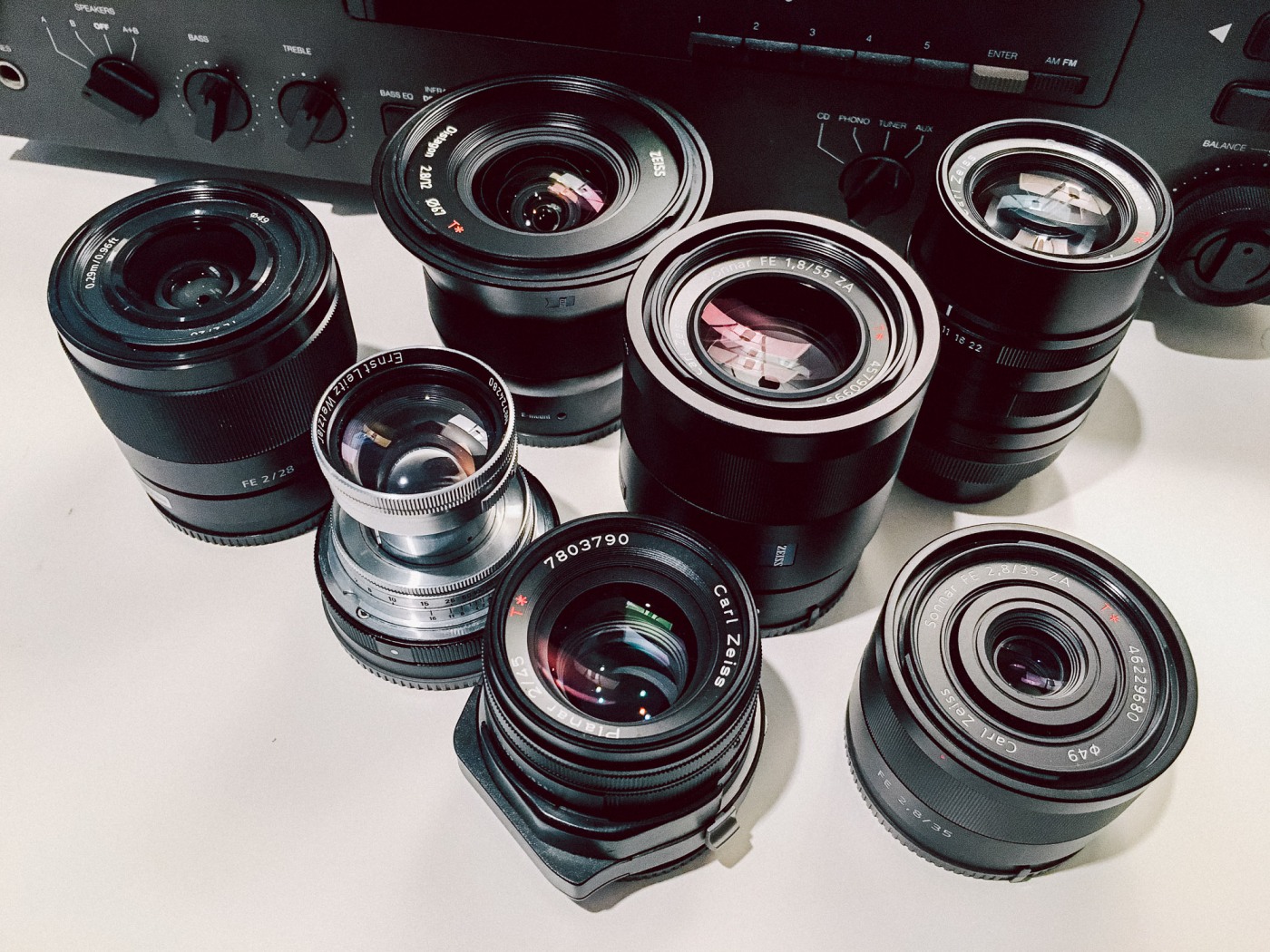
small native and adapted rangefinder options exclusive to mirrorless
And if we are really going to stretch the limits of small, you have to recognize the brilliance of mirrorless compacts like the the RX1RII. This is a camera that offers the highest levels of quality in a form factor you can slip into your coat pocket. Truly a definitive moment tool that allows the photographer to be as unobtrusive as they wish or to pack as light as possible while still capturing scenes in ultra-high resolution.
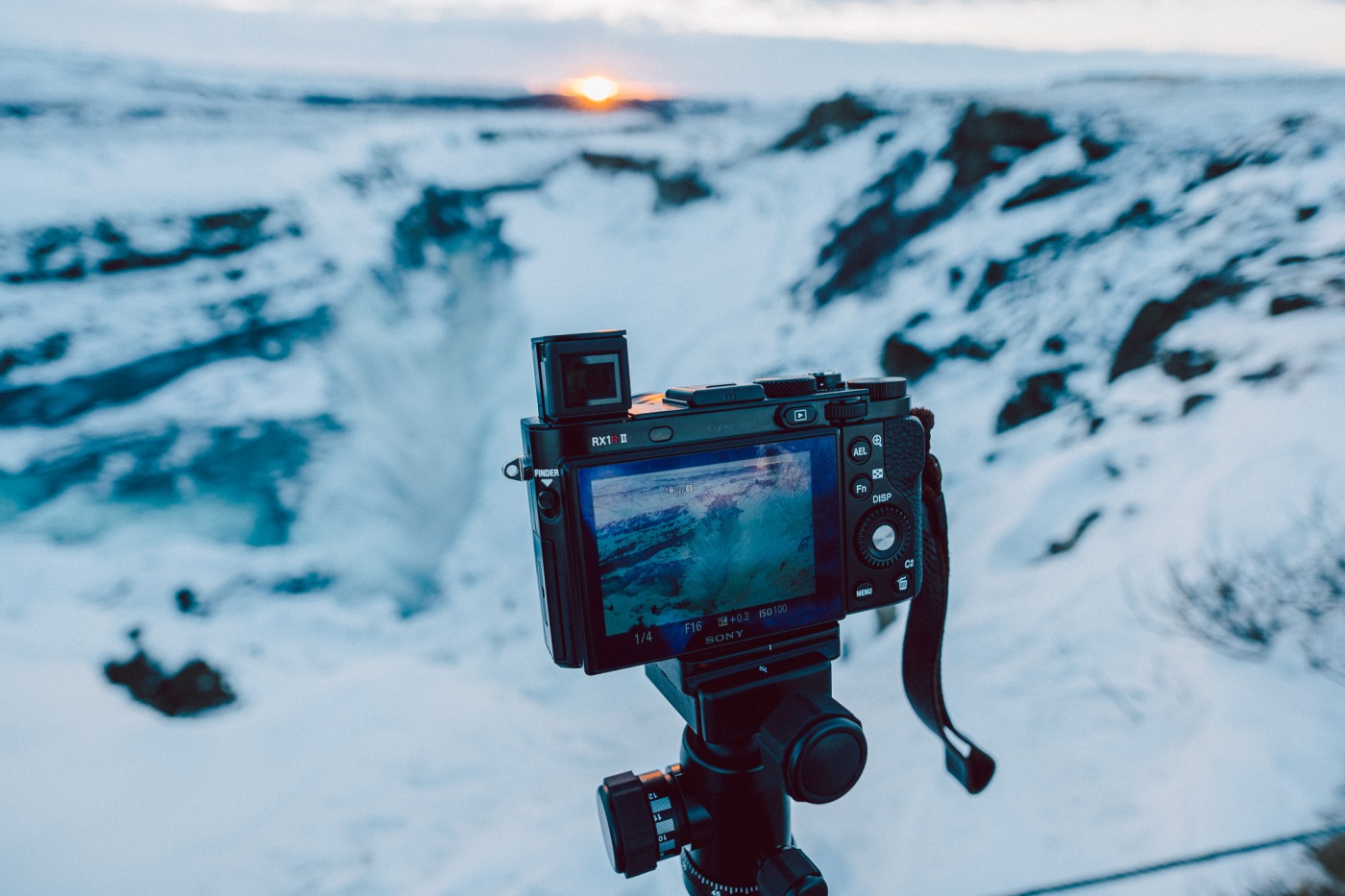
Sony RX1RII on location – Gulfoss, Iceland
On the opposite end of the spectrum, when I want to bulk up my mirrorless kit I can add a battery grip and larger lenses to gain some extra distance and resolving power as well as the benefits of native lens performance such as eye-AF (tracking the subject’s eyes) or AF-Lock (object tracking). The grip allows for easy vertical shooting and provides added battery life. While mirrorless systems still don’t hold a candle to a dSLR’s battery life, I rarely if ever use more that two batteries in a shoot, even when capturing action events like motorsports. So the battery criticism is a non-issue for me today and one I expect will improve in future generations.

The original a7 with battery grip and not so large Minolta M-Rokkor 40/2
One last point on sizing up. Even though I’ll be going big with a lens like the new G Master 85mm f/1.4, there are two equally big benefits of shooting a lens like this on the a7RII. First is the in-body image stabilization (IBIS). Especially for larger lenses, IBIS is a godsend allowing for slower shutter speeds and sharper images. Second, with the new mirrorless lenses being designed for tomorrow’s higher resolution sensors, they can comfortably resolve the capability of today’s sensors. A lens like the GM 85/1.4 can easily pull double duty in crop mode on the a7RII and pump out 18mp images at close to the equivalence of a 135mm/f2 lens. That functionality saves me from packing the 950 grams of my separate 135mm lens in the bag, so even though I’m sizing up, I’m really saving weight and gaining flexibility.
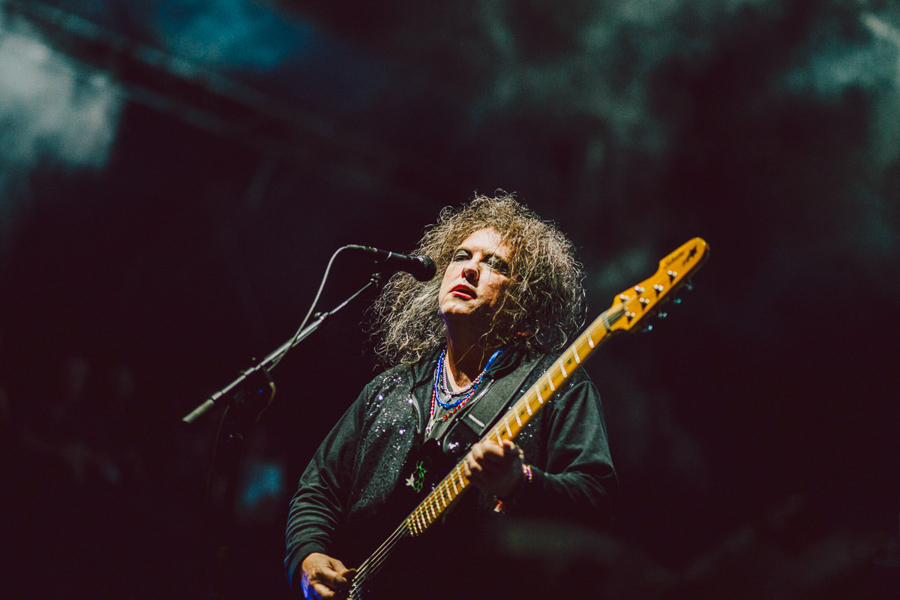
The Cure taken with the original a7 and ZA 135/1.8. On the 42mp a7RII you could shoot the new G Master 85/1.4 in crop mode and make a similar photo in terms of fov and dof.
(4) EVF
While the benefits of an EVF are well known and plentiful (WYSIWYG), the number of disadvantages, such as lag are quickly being remedied by each new generation of display. The new Sony a6300 is a powerhouse with the world’s fastest autofocus (at the time of its announcement) and 11fps, but perhaps most impressive is its EVF tech. With a 120fps refresh rate and an action mode capable of shooting 8fps continuous AF, the EVF blackout effect in that special action mode is now comparable to a traditional dSLR’s optical viewfinder. That last part is a big deal and takes one of the last remaining arguments for an OVF away. Even if the a6300 EVF cannot match the performance of the OVF in a flagship dSLR sports camera like the Canon 1DXmkII (that costs 6x as much), the writing is on the wall.
(5) Video
Though I remain steadfast a stills shooter, the industry has forever changed and video is now an essential component to most professional photographers’ portfolio of services. Mirrorless cameras, by the nature of their “no mirror-box” design, are superior tools for video capture. No modern professional video camera system has ever been designed with an SLR’s pentaprism – it just doesn’t compute. The dSLR as a video tool was a mutation in the evolution of video, that while wildly popular and transformative, will in the long run be an anomaly. Mirrorless cameras replicate the design of professional video rigs with the sensor directly exposed to the lens and now mirrorless cameras priced for the consumer market – Sony a6300 – can deliver professional grade features like Super 35mm format 4k internal and external with Slog, mic out, 5x slow motion in full HD and most importantly full sensor pixel readout (no pixel binning). For the hybrid and professional video shooter, these mirrorless systems are offering capabilities beyond the dSLR.
As fun as this mirrorless vs dSLR argument is to play with – and please kind reader don’t get worked up- a camera in and of itself shouldn’t be a reason to motivate a photographer. I admit I’d be lying if I didn’t say that the mirrorless platform continues to entice me to take my camera everywhere and to explore the almost unlimited lens options that I was previously ignorant to, but gear is simply a tool to create the images and enjoy the process that excites us. If what you are shooting with today engages and supports you and your vision then stick with it. If you are feeling like you are leaving your camera behind because of its size or if you want to explore new lens options or maybe even invest in the latest, greatest technology, take a look at mirrorless.



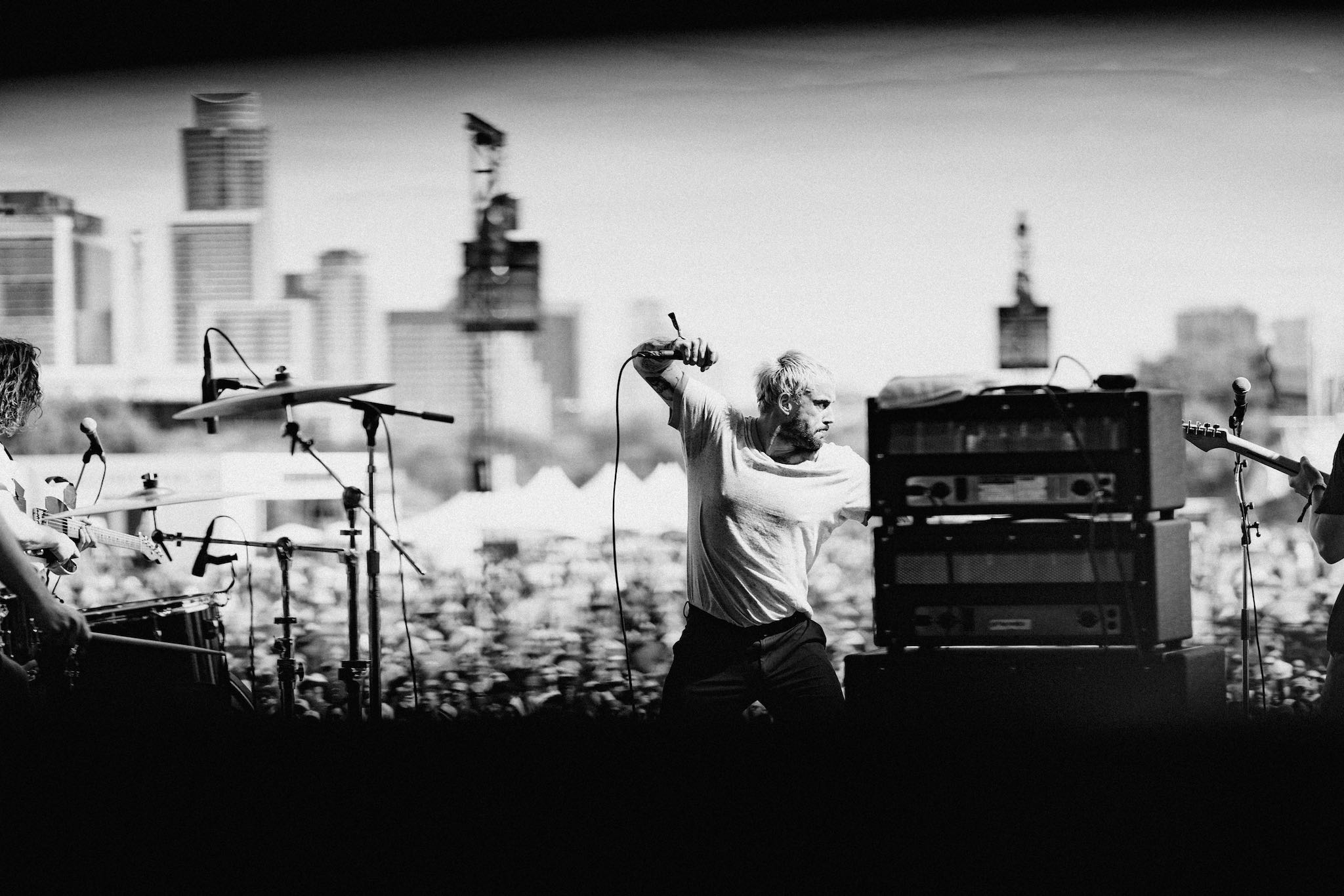
I’m sure that mirrorless cameras will continue to evolve to a point where the quality is virtually indistinguishable from a professional DSLR.
The deal breaker for me however (and this is something I seldom read on the “CON” lists) is the ergonomics; having a work related bad back it would be devastating for me to continue shooting at the current rate if it means that I cannot keep the camera as close to the body as possible (i.e. looking through the viewfinder), even with a light camera body it causes strain if done for longer periods; I don’t even want to think about the strain if a heavier lens is mounted.
LikeLike
Hey Krister. I don’t follow. Why wouldn’t you be able to look through the viewfinder with mirrorless? Also, the gear is still overall much smaller and lighter. As far as the image quality, mirrorless cameras like the a7RII have already pulled ahead of their DSLR cousins.
LikeLike
Hmm.. I thought they didn’t have any optical viewfinders (?).
LikeLike
Some do – like the Fuji X100 and X-Pro, while others have electronic viewfinders that you view with your eye, similar to an optical viewfinder. The electronic viewfinder (EVF) has many advantages to a traditional optical viewfinder – including seeing your exposure in real-time. The latest generation of EVFs are for many, preferable to an OVF.
LikeLike
Hi Chad, just wanted to say that I really enjoy reading your posts and admire the images you blog! I’m a hobbyist who is still using a 5d classic but am counting down the years until a used full frame mirrorless (with 45/2 and adapter) is affordable enough for my budget. Until then I’ll live vicariously through you! Thanks~
LikeLike
Hey, thanks Andy! I spent several productive years with the 5D Classic so you are doing fine!
LikeLike
Hi Chad, i think you are one of the photographers really giving a good name to mirrorles, you have wonderful images. I still dont trust mirrorles mainly because of battery life and responsiveness, (I have an a7ii and a RX1 V1). What workarounds do you have for battery life or how many do you usually carry with you? Thanks, and once more amazing pictures.
LikeLike
Thanks Luke.
I tend to overpack batteries – I’ll always carry 4 a7RII batteries for a shoot – but I rarely, if ever use more than two. That goes for day and night long festivals as well. I am in a habit of turning the camera completely off when I’m done shooting a set and don’t have an issue with the responsiveness when turning the camera back on.
In terms of overall responsiveness, not specifically AF, I only have one criticism related to image review. If you have the camera setup to auto-review (does anyone do this?) you immediately get a low resolution review image BUT if you don’t have auto-review set and want to playback an image immediately after shooting, you need to wait for the full resolution image to clear the buffer – definitely an annoyance. I’ve made a request with Sony for a fix so hopefully they can adjust that behavior so that we can get an instant response when playing back an image, even if it is initially low resolution. Everything else about the camera seems speedy to me.
Thanks again for stopping by and leaving a comment.
LikeLike
Thanks for the reply, guess I will need to get a couple more of batteries. Were I am currently living temp goes to below – 10 degrees celcious and it really eats the battery fast compare to Nikon or even the Leica, at least 3 batteries to 1 Sony. I have currently only two batteries. I have image preview disable first thing doing when I getting a new camera 🙂 keep the new posts coming.
LikeLike
I love this article and I fully agree wi everything Chad says. I am definitely buying the Sony a7r I I. I had a Sony mirroless camera and the WYSIWYG was phenomenal. I bought a Canon DSLR, my first one and my goodness I thought of returning the camera when I first tried. To be able to actually see how your picture will look like before you shoot is a tremendous advantage for me. As for the image quality, all I can say is Sony’s sensors are amazing. I like my Canon DSLR but for me mirroless is the way to do. With Sony packing two batteries with their Sony a7R II I don’t see battery life as much of a problem.
LikeLike
Trying out the Sony RX1RII tonight at a show…have been shooting with the A6000 but wanted to try out the full-frame compact. Any tips as far as setting goes?
LikeLike